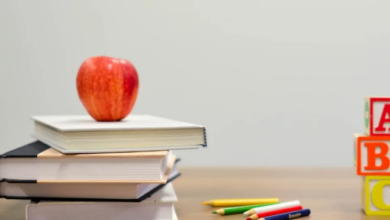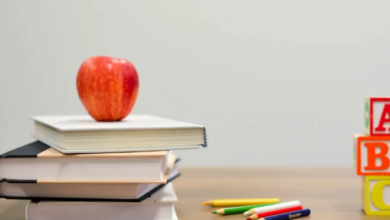The 10 best teaching tricks for new teachers

It would be an understatement to suggest that the first year of teaching is difficult. When there are so many moving elements and new things to learn, it can be tough to know where to begin. Keep it easy and start with these modest changes to the way you teach.
1. Restart and re-teach
A fresh start is ideal at the start of a new year. Routines and procedures in the classroom should be practised by your students. When it comes to changing bad habits and routines, this time of year is a great time to do it. Consider resetting and coming up with a pencil sharpening technique that works better for you and your kids, for example.
2. Keep an eye on the amount of time you spend waiting.
After you offer a question or give a prompt, you give pupils some time to ponder. To fully put it into action, you may need to be more self-aware and put up some more effort. Giving students only three seconds of waiting time when they ask a question has several advantages, as this article explains.
3. Make a new routine a part of your daily routine.
A new habit takes at least 28 days to form, according to what I’ve read. Whenever you’re trying to improve the effectiveness of your teaching or make it more consistent, treat it like you’re starting a new habit. Hang a phrase strip with your goal on it in the rear of the classroom so you can see it every day.
4. Take time to care for your body and mind.
Years of cramming in extra planning and grading time led me to eat lunch alone. Taking a break for lunch with coworkers has helped me refocus my energy and broaden my perspective over time. The more you care for yourself and fill your own cup, the more you’ll be able to give to your students.
5. Take a deep breath in and out.
Classroom management book Tools for Teaching by Fred Jones discusses the “fight or flight” reflex that teachers may experience when confronted with certain stressful situations. Breathing is one of the ways he recommends dealing with a bad adrenaline rush. In Jones’ book, “If you are peaceful, you will have a calming influence on people around you,” he claims that taking slow, deep breaths helps calm the body.588888888
Don’t know what to do next in a lesson? Take a deep breath and gather your thoughts for a moment. Are you stumped as to how to deal with a disruptive student? Allow yourself some time to take a deep breath before making a decision. Take a few deep breaths, and you’ll notice a difference in yourself and the quality of your classroom.
6. Pay attention to what you’re hearing.
When you’re hurrying from one lesson to the next, it can be difficult to slow down and pay attention to your kids, but I’d advise you to do so whenever possible. Ask your students what they got up to this past weekend. Inquire about their interests outside of school. The more you get to know your students, the more you can personalise your instruction and make it relevant to their interests and concerns.
7. Decide on a course of action for your kids.
Your pupils should be included in the planning process. A smart place to start is with math and reading. You and your pupils should consider what elements of math and reading they may need to work on. Have them brainstorm how they can achieve their goals, and then write them down on notecards. Have students put the notecards on their desks and keep them there throughout the day so they can see them.
8. Make a conscious effort to be optimistic!
Redirects and comments should have a 4:1 positive to negative ratio. It can be as basic as saying, “I’m delighted you’re here today!” to a kid as they enter the classroom. Positive reinforcement and smiles are like deposits into a student’s emotional “bank” when given to them throughout the day. Once you have to “withdraw,” when you have to hand out punishment, the emotional impact is diminished. Having a positive outlook can have a big impact!
9. It is important to take ownership of your goal.
Make certain your learning objectives are very clear while making your plans. You should write them down in your lesson plan so you don’t forget where you’re heading or what you want your pupils to take away from it.
10. It’s time to bring your lessons to an end!
After eight years in the business, I still had to remind myself to properly wrap up my classes before moving on to the next task.. It’s easy to overlook, but when you do, you’ll see how effective it can really be. There are a variety of ways to achieve closure, depending on the goal you have in mind. In the aftermath of a small-group discussion, you might bring students back together for a discussion about how effectively they’ve self-managed.
Based on what you observed in the classroom, you may give the class a critique or two. To help kids remember what they’ve learned, you can invite them to turn and chat to each other about what they’ve accomplished. You can also check in by asking if they have any more questions. Regardless of how you choose to conclude, make sure you and your pupils feel satisfied with the work you’ve done thus far.



